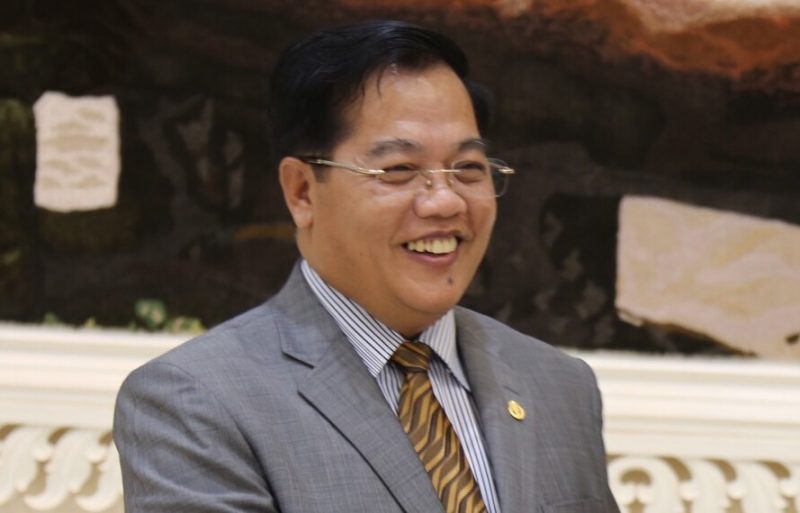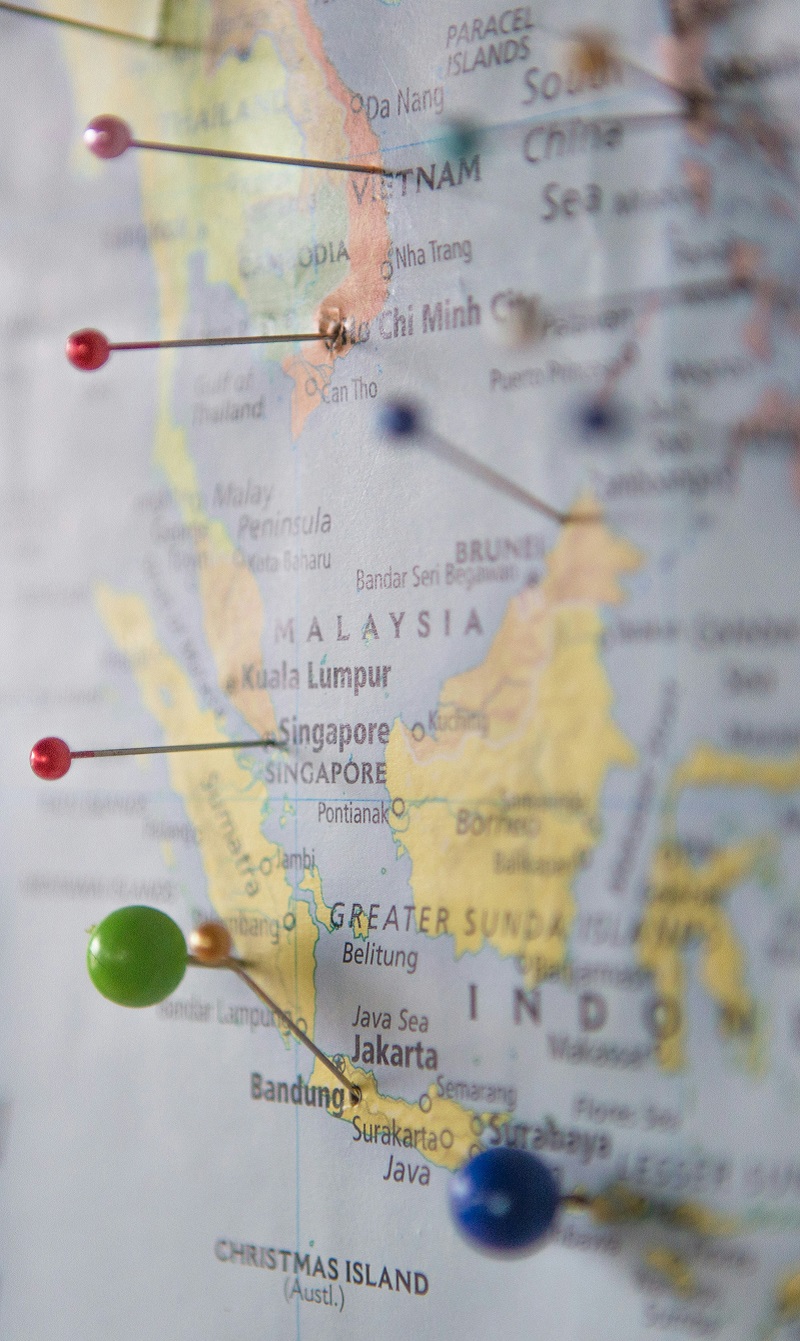Cambodia’s future landscape
In a Q&A session, H.E. Oknha Datuk Othsman Hassan, former state secretary, Ministry of Labour and Vocational Training, shares his views on Cambodia’s future business landscape.
During a Q&A session at the 2015 Roundtable in Cambodia, H.E. Oknha Datuk Othsman Hassan, former secretary of state of the Ministry of Labour and Vocational Training in Cambodia, spoke about the future of Cambodia in the next 10 years.

Cambodia has recorded remarkable economic growth in recent years, what are the contributing factors to this success?
Indeed, the main factors leading Cambodia to achieve the remarkable economic growth in recent years are its political stability and the prudent reforms put in place by the Government. If we look back into the past, Cambodia had experienced a civil war and several regime changes, which had resulted in the destruction of social and economic infrastructures. After the 1991 Paris Peace Agreement, we are able to bring all Khmer together. The 1993 General Election also helped Cambodia regain full political legitimacy, undertaking various reforms to transform from a planned economy to a market economy. The country has also become a member of the Association of South East Nations (ASEAN) in 1999 and the World Trade Organization (WTO) in 2004.
The Cambodian Government is there to facilitate the private sector and foreign investors (n t to manage) as we believe that the private sector is the engine of the Cambodian economy. We provide full investment incentive to foreign investors. For example, foreign investors can own 100 per cent shares, you can come to do business in Cambodia and you do not need to look for a Cambodian partner.
As a result, Cambodia has enjoyed macroeconomic stability in recent years. The Cambodian economy is recognised as one of the fastest-growing economies in the region. The exchange rate has been broadly stable at around 4,050 riels per US dollar. Inflation will continue to be maintained under a five per cent rate and the exchange rate will be stable.
What is your vision for Cambodia in the next 10 years?
In next 10 years, I strongly believe that Cambodia will be more developed in all fields because our country offers a competitive investment incentive package with a non-discriminatory stance to all kinds of investment, and opens every economic sector for investment. Cambodia offers significant potential for investment in agriculture and agro-industry, labour-intensive industry, production and processing industry, tourism, and mining.
How would you describe the business environment in Cambodia?
Cambodia is a developing market economy that is growing at an average rate of over 7 per cent in the last decade, driven largely by the expansion in the garment sector, construction, agriculture, and tourism. As of 2012, the percentage of the population living below the poverty line was 17.7 per cent (poverty line was USD 1.20 per person per day), a three per cent decrease from 2011, and we expect to be a middle-income country by 2030.
Cambodia‘s rapidly expanding tourism industry is led by the spectacular cultural attraction of Angkor Wat. In 2015, Lonely Planet voted the Angkor Wat temple complex, a UNESCO world heritage site, as the best tourist destination in the world. With approximately 4.5 million foreign arrivals in 2014, an increase of 12.5 per cent compared to 2013. It is estimated that international arrivals will reach 7 million annually by 2020. In 2011, the Club of the World’s Most Beautiful Bays recognised Cambodian coastal areas for their natural beauty.
What are the growth opportunities for Cambodia at the moment?
In order to establish a solid foundation for economic growth and to ensure Cambodia’s long-term comparative advantage, the Royal Government of Cambodia has given priority to the development of agriculture and agro-industries, transportation and telecommunication infrastructure, energy and electricity, labour-intensive and export industries, tourism, the development of human resources, and mining. Our country is blessed with abundant fertile land, natural resources, a trainable and inexpensive labour force, historical sites, tropical rainforests, national parks, rivers, lakes, and pristine beaches.
Foreign direct investment has been increasing significantly at the moment. China, Japan, South Korea, Malaysia, Thailand, and Vietnam are among the leading investors. Approved foreign investment proposals by the Council for the Development of Cambodia totalled around USD 264 million (184 projects) in 2014. The Cambodian government currently offers a generous package of incentives to foreign investors and imposes few restrictions on imports from abroad. Investment incentives available to foreign investors include 100 per cent foreign ownership of companies, corporate tax holidays of up to eight years, 20 per cent corporate tax rate after the incentive period ends, duty-free import of capital goods, and no restrictions on capital repatriation.
Our labour forces are young and dynamic, about 60 per cent of the total population aged between 15-55 years old. This gives us a competitive advantage to our economic growth.
___________________





